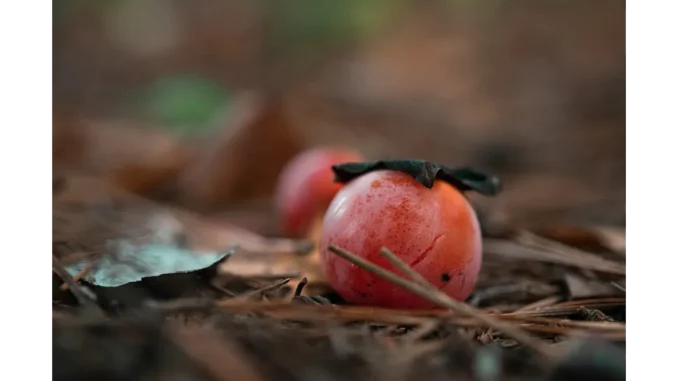
In the vibrant and ever-evolving world of gardening, 2025 marks a pivotal year for those passionate about blending sustainability with style. As I sat down with Lydia Collins, a seasoned gardening enthusiast and self-proclaimed edible landscaping aficionado, she shared her journey into this exciting realm where beauty meets functionality in the most delightful ways.
Turn your garden into your private retreat, enjoyable day or night complements of Elegancia.homes.
Lydia’s garden in the Bay Area is a testament to this innovative approach. As she guided me through her lush and meticulously planned outdoor space, it became clear that edible landscaping is not just a trend, but a lifestyle choice that reflects a deep-seated respect for nature and an appreciation for aesthetic appeal.
“Gardening has always been a passion of mine,” Lydia began with a warm smile, gesturing towards a vibrant patch of kale thriving alongside a cluster of strawberry plants. “But combining it with the functionality of food production has transformed my approach completely.”
The concept of edible landscaping is simple yet revolutionary: it involves integrating edible plants into traditional garden settings, creating spaces that are both productive and visually captivating. Lydia explained how her journey began with a desire to reduce her carbon footprint while indulging her love for gardening. “I wanted a garden that not only looked beautiful but also provided fresh produce for my family,” she recounted.
Her garden is a kaleidoscope of colours and textures, with artful arrangements of kale, strawberries, and citrus trees strategically placed to maximise both aesthetic and practical benefits. “It’s about creating a balance,” Lydia noted, pointing to a lemon tree that doubles as a focal point in her garden design. “Each plant serves a purpose, whether it’s for its beauty, its culinary use, or its ability to attract pollinators.”
One of the most striking aspects of Lydia’s garden is the seamless integration of these edible plants with ornamental species. The vibrant green of the kale contrasts beautifully with the delicate blooms of her flowering herbs, creating a tapestry that is as pleasing to the eye as it is beneficial to the palate. “I love how the garden changes with the seasons,” Lydia shared, her enthusiasm palpable. “In spring, the strawberries are in full bloom, and by summer, the citrus trees are laden with fruit.”
Lydia’s approach to edible landscaping is rooted in sustainability, a key theme for gardeners in 2025. She emphasised the importance of choosing plants that are well-suited to the local climate, reducing the need for excessive watering and maintenance. “Native plants are a gardener’s best friend,” she advised, highlighting how they thrive in the Bay Area’s Mediterranean climate. “They save water and attract pollinators, which is a win-win for the environment and my garden.”
Her commitment to sustainability extends to her use of organic gardening practices. Lydia avoids chemical pesticides and fertilisers, opting instead for natural alternatives that maintain the health of her soil and plants. “It’s all about creating a harmonious ecosystem,” she explained, showing me her compost bin, which contributes to the richness of her garden soil.
As we strolled through her garden, Lydia shared tips for those looking to embrace edible landscaping in their own outdoor spaces. “Start small,” she advised, suggesting beginners focus on a few key edible plants that are easy to grow and maintain. “Herbs like rosemary and basil are a great starting point. They’re versatile, attractive, and can be used in so many dishes.”
Lydia also highlighted the importance of planning and design. “Think about how you want to use your space and what plants will complement each other,” she recommended. “Consider the aesthetic appeal, but also the practical aspects like sunlight, space, and soil type.”
For Lydia, the rewards of edible landscaping extend beyond the garden itself. “It’s incredibly satisfying to know that what I grow contributes to my family’s meals,” she reflected. “There’s a sense of accomplishment and joy in harvesting your own produce.”
Her dedication to edible landscaping has not gone unnoticed in her community. Friends and neighbours often seek Lydia’s advice, inspired by her garden’s beauty and productivity. “It’s wonderful to see more people taking an interest in sustainable gardening,” she said, a note of pride in her voice. “I believe it’s the future of gardening.”
As our conversation drew to a close, Lydia offered a final piece of advice for aspiring gardeners. “Be patient and enjoy the process,” she encouraged. “Gardening is as much about the journey as it is about the destination. There’s always something new to learn and discover.”
In 2025, edible landscaping stands as a shining example of how gardens can be both sustainable and stylish, providing nourishment for the body and soul. Lydia Collins’ garden is a testament to this, a living work of art that captures the essence of what it means to garden with purpose and passion.
Fabrice Fèvre


Be the first to comment